What is Adaptive Clothing? A Guide for People with Disabilities
Adaptive clothing is designed to provide comfort, functionality and style for people with disabilities. Technology has revolutionized the adaptive fashion industry, allowing for more precise and durable options.

Picture yourself struggling with buttons or zippers, feeling uncomfortable in your clothes, or unable to express your style due to limited options. For many people with disabilities, this is a daily reality. Thankfully, adaptive clothing has come a long way, providing comfort, functionality, and fashion for those who need it most. In this blog post, we’ll explore the world of adaptive clothing, what is adaptive clothing, its evolution, key features, top brands, and how it’s changing lives for the better.
Key Takeaways
- Adaptive clothing is designed to provide comfort, functionality and style for people with disabilities.
- Technology has revolutionized the adaptive fashion industry, allowing for more precise and durable options.
- Real life stories show how adaptive clothing can change lives by enabling self expression.
Understanding Adaptive Clothing
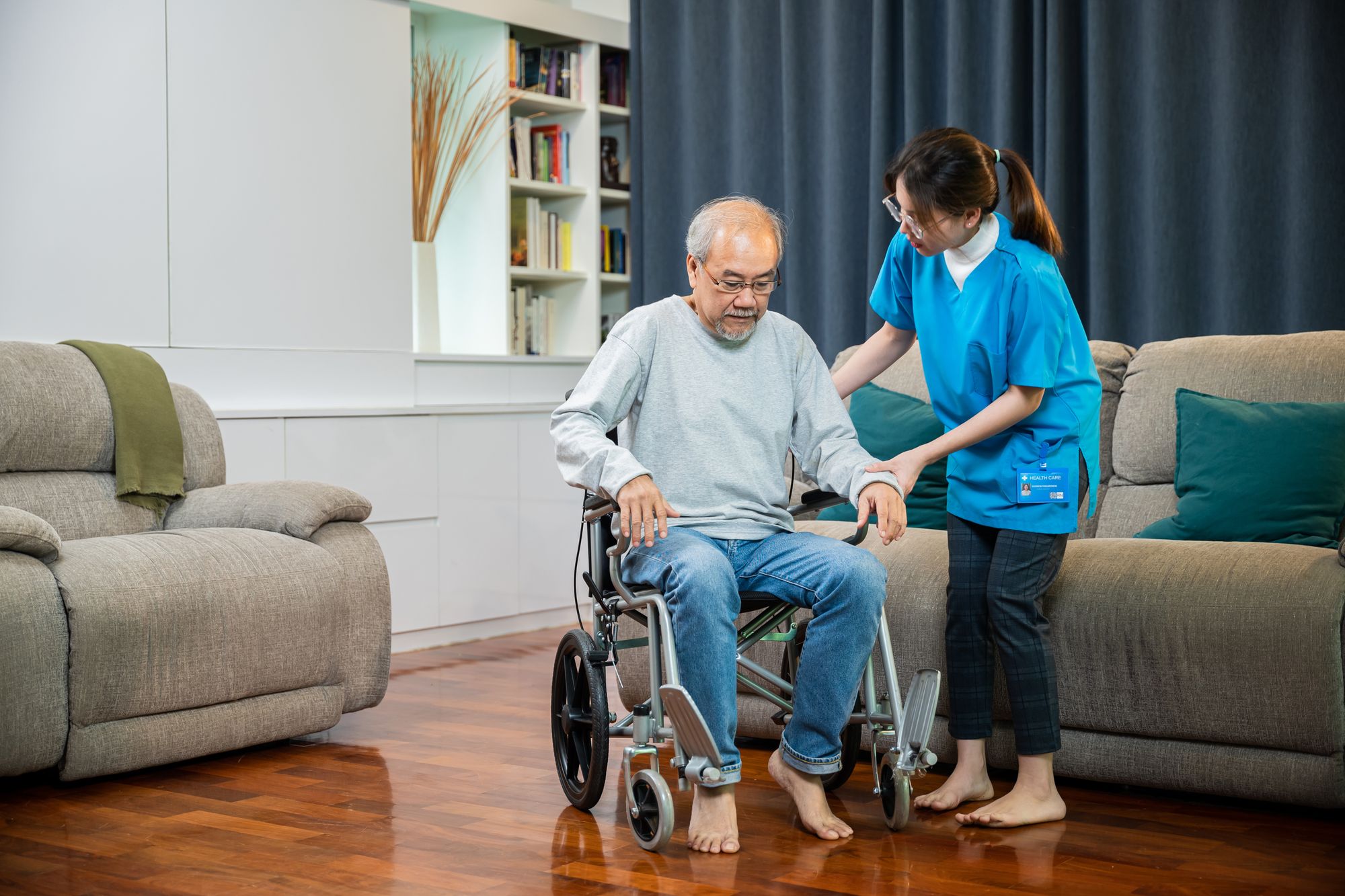
Adaptive clothing revolutionizes the experiences of people with disabilities and their caregivers. It’s uniquely designed to simplify dressing, offering a blend of comfort, functionality, and style. Major fashion brands, such as Tommy Hilfiger Adaptive, have joined the movement, creating stylish adaptive lines that cater to varying degrees of disabilities.
These garments incorporate subtle modifications to resemble regular fashion while accommodating individual needs. For instance, clothes featuring flat seams reduce friction, enhancing comfort for wheelchair users. In addition, many clothing items are designed to accommodate incontinence aids, making daily life more manageable.
With features ranging from easy-to-use closures to sensory-friendly options, adaptive clothing enables people with disabilities to express their personal style while addressing common dressing difficulties. As the demand for adaptive fashion grows, so does the range of fashionable clothing options available to people with disabilities, making the fashion industry more inclusive and accessible than ever before.
Evolution of Adaptive Fashion

The evolution of adaptive fashion has been truly remarkable. From its early beginnings, with limited options primarily focused on functionality, adaptive fashion has evolved to embrace mainstream recognition, current trends, and innovations.
Now, it presents an expanding selection of stylish and functional clothing, making it increasingly inclusive and accessible.
Early Beginnings
In the 1980s, caregivers and loved ones of people with disabilities began requesting easy-dressing garments, marking the early beginnings of adaptive fashion. At that time, adaptive clothing was uncommon and mainly focused on functionality, offering limited options. Style was often compromised to cater to the specific needs of individuals with disabilities.
Mainstream Recognition
As the voices of people with disabilities grew louder in raising awareness about their needs, the fashion industry began to listen. Major brands, such as Tommy Hilfiger Adaptive, stepped up and created adaptive clothing lines that combined style, comfort, and functionality.
This mainstream recognition of adaptive fashion paved the way for more inclusive and fashionable options, helping to normalize adaptive clothing for people with disabilities.
Current Trends and Innovations
Currently, adaptive fashion is undergoing an innovation surge due to advancements in materials, manufacturing, and design techniques. From easy-to-use closures to comfortable and functional fabrics, adaptive fashion has come a long way since its early days.
As technology continues to shape the industry, we can expect even more exciting trends and fashionable options in the future.
Key Features of Adaptive Clothing

Adaptive clothing is created with the particular needs of people with disabilities at its core. To achieve this, key features such as easy-to-use closures, comfortable and functional fabrics, and customized fit and design are incorporated into the garments, ensuring a perfect blend of style and practicality.
Easy-to-Use Closures
A unique feature of adaptive clothing is the assortment of easy-to-use closures, including magnetic closures and Velcro closures. Replacing traditional buttons and zippers with magnets, Velcro, and snaps not only simplifies the dressing process but also enhances the overall comfort and independence of the person wearing the clothes.
Comfortable and Functional Fabrics
Choosing fabrics for adaptive clothing requires prioritizing comfort and functionality. Materials such as cotton, spandex, and jersey provide flexibility and ease of movement, making them ideal for individuals with sensory sensitivities or physical limitations. Additionally, these fabrics are designed to withstand the wear and tear caused by prosthetic joints and other medical devices.
Customized Fit and Design
A crucial aspect of adaptive clothing is its tailored fit and design. Each garment is tailored to cater to the unique needs and preferences of the individual, ensuring that they feel confident and comfortable in their attire. This attention to detail not only provides practical solutions for those with mobility restrictions but also allows for self-expression and personal style.
Top Adaptive Clothing Brands
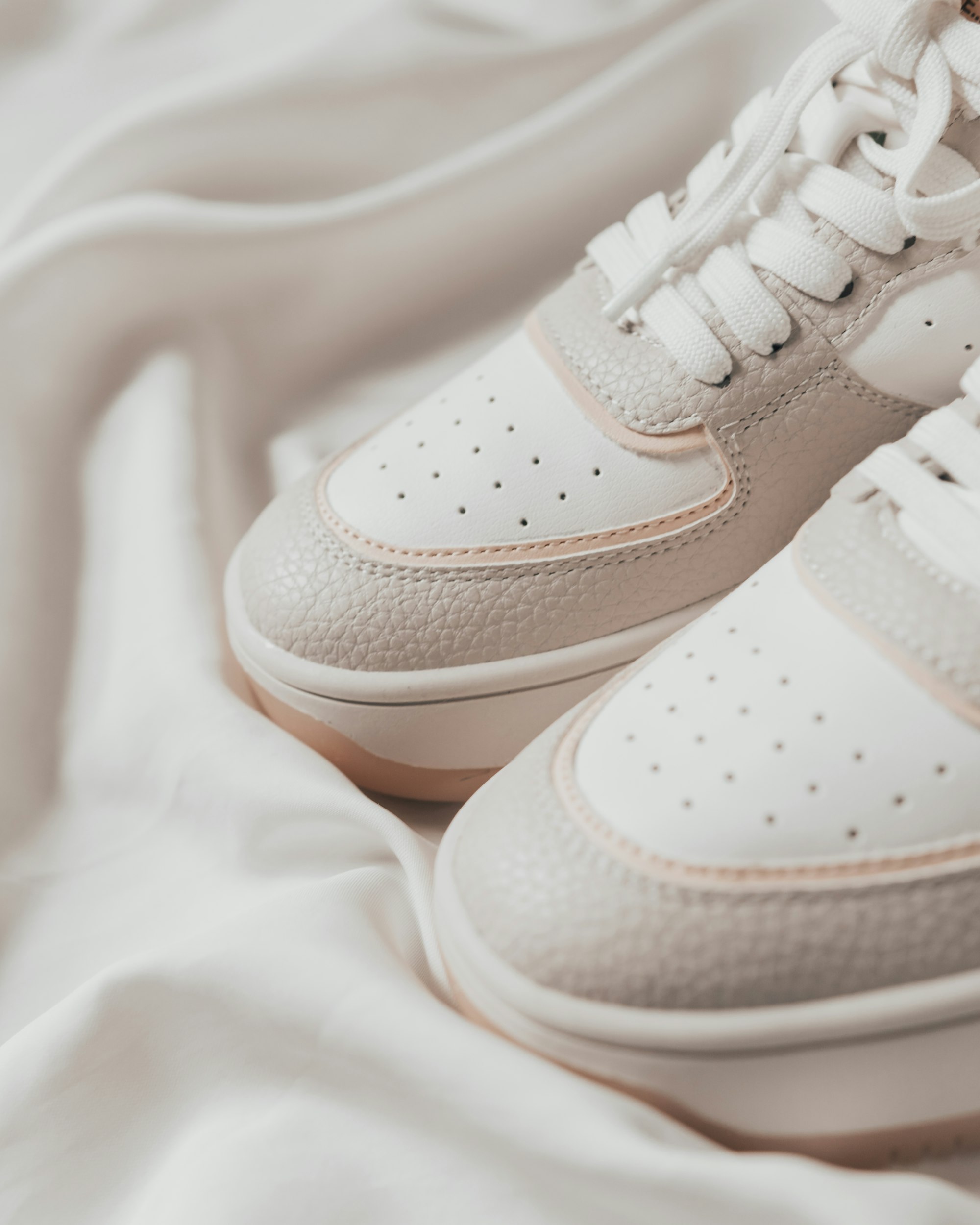
Several top adaptive brands excel in offering stylish and functional adaptive clothing. IZ Adaptive, Tommy Hilfiger Adaptive, and Zappos Adaptive offer a range of clothing options that cater to the specific needs and preferences of individuals with disabilities.
IZ Adaptive
IZ Adaptive is a leader in the adaptive fashion world, offering trendy and durable clothing designed specifically for wheelchair users and others with disabilities. Founded in 2009, IZ Adaptive has been at the forefront of the industry, providing classic styles with special features that ensure comfort and confidence for those who need it most.
Tommy Hilfiger Adaptive
Tommy Hilfiger Adaptive takes the iconic American brand’s style and infuses it with innovative adaptive features. With options for men, women, and children with disabilities, Tommy Hilfiger Adaptive offers stylish and functional clothing that features easy-to-use closures, such as magnetic buttons and Velcro, ensuring a perfect blend of fashion and convenience.
Zappos Adaptive
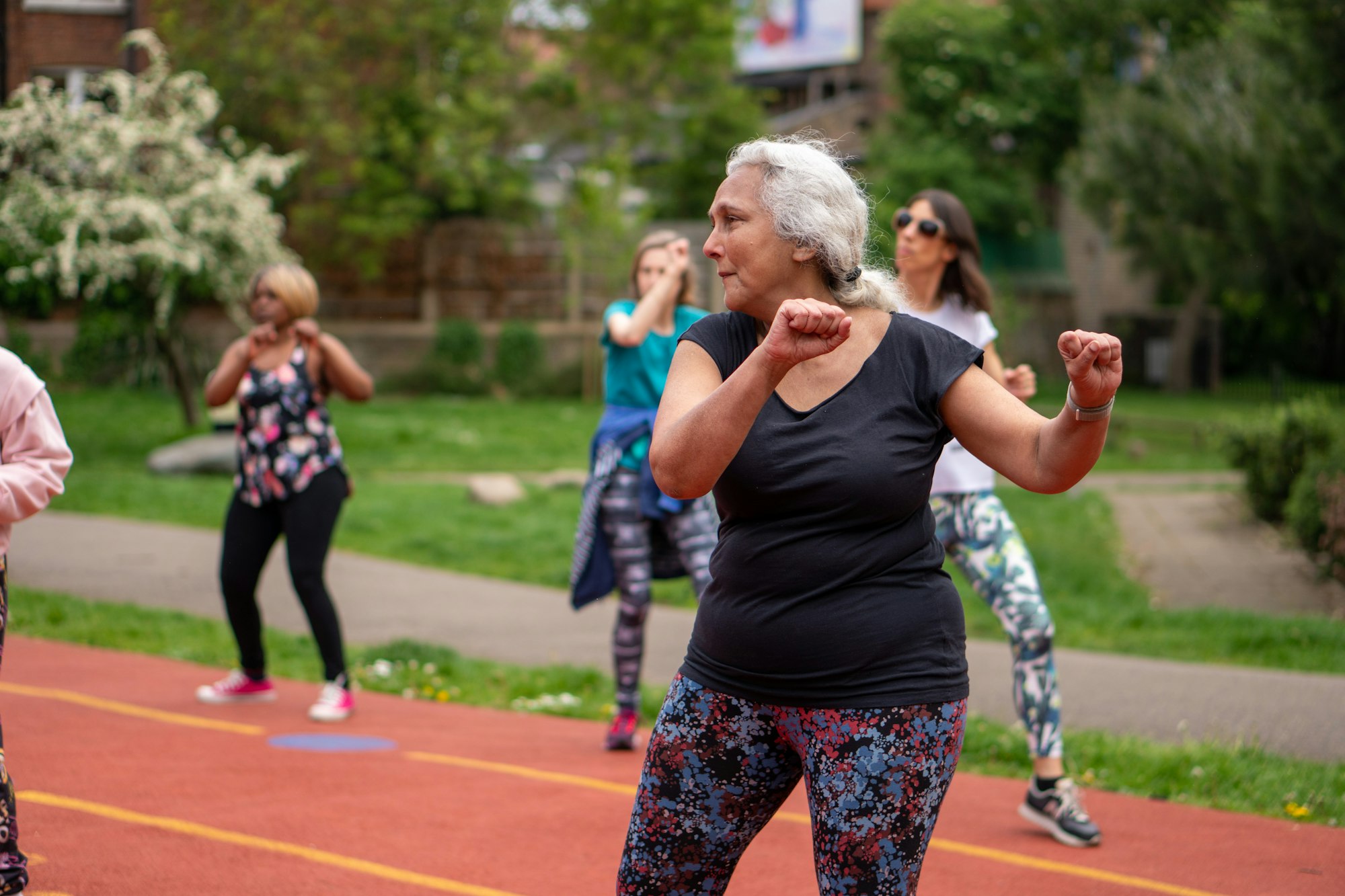
Zappos Adaptive offers a wide range of adaptive shoes and clothing options, catering to various needs and preferences. Known for their extensive selection and excellent customer service, Zappos Adaptive provides an array of stylish and functional shoes, clothing, and accessories to make life easier and more comfortable for people with disabilities.
The Role of Technology in Adaptive Fashion

Technology significantly shapes the development and expansion of adaptive fashion. Some ways in which technology has revolutionized the industry include:
- Advances in materials and manufacturing techniques
- Cutting-edge design methods
- 3D printing technology for creating customized garments
- Smart textiles that can monitor and adjust to the wearer’s needs
- Assistive devices and wearable technology that enhance functionality and accessibility
These technological advancements have greatly improved the options available to those who need adaptive clothing, including adaptive clothes.
The use of technology in the fashion industry has led to advancements in adaptive clothing, including:
- 3D printing, which allows for more precise and customized designs
- Laser cutting, which enables intricate and detailed patterns
- Automated sewing machines, which increase efficiency and accuracy
Additionally, advances in fabric technology have resulted in the creation of more comfortable and durable clothing options. As technology continues to evolve, we can expect even more innovative and inclusive adaptive clothing options in the future.
Inclusivity and Accessibility in the Fashion Industry

The fashion industry’s inclusivity and accessibility are crucial for guaranteeing that people with disabilities can access fashionable and functional clothing tailored to their needs. As the demand for adaptive fashion grows, the industry has made significant strides in embracing diversity and catering to the needs of this underserved market.
Today, more brands are offering adaptive clothing lines, and designers are creating more stylish and functional pieces for people with disabilities. Additionally, retailers are making shopping more accessible by providing online options and services tailored to the unique needs of individuals with disabilities. This increased focus on inclusivity and accessibility has been a game-changer for people with disabilities, making it easier than ever to find fashionable and functional clothing options.
Tips for Choosing the Right Adaptive Clothing
Selecting suitable adaptive clothing can be daunting, yet with a strategic approach and considering the adaptive line of garments, you can find ideal pieces that meet your needs and preferences.
Here are some tips to help you make the right choice when selecting adaptive clothing.
Assess Your Needs
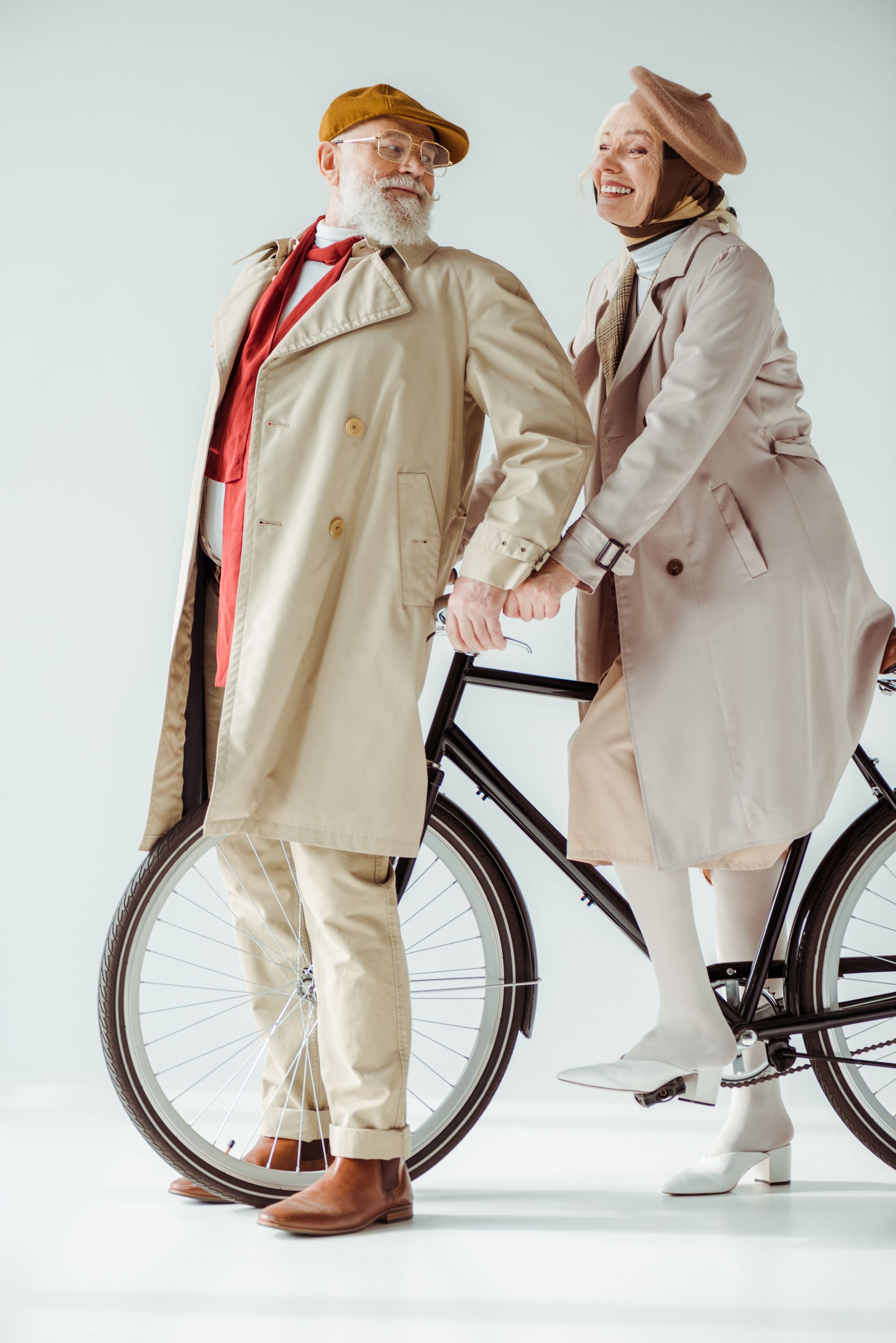
Assessing your particular needs and preferences is a crucial step before choosing adaptive clothing. Consider factors such as:
- your disability
- mobility
- activities
- climate
This will help you identify the types of garments and features that will be most beneficial to you, ensuring that your adaptive clothing provides the necessary functionality and comfort.
Consider Style and Functionality
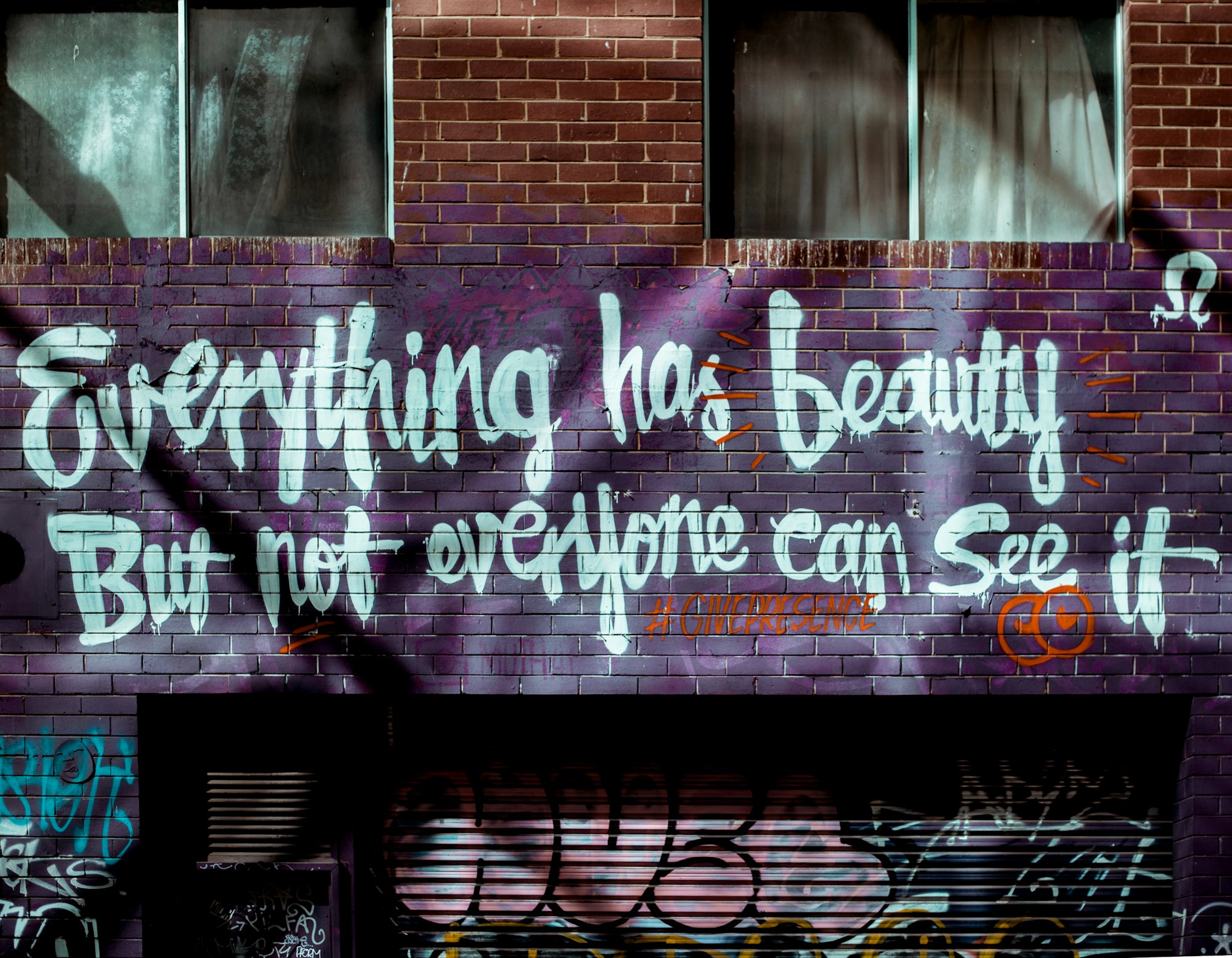
Although prioritizing functionality is vital when choosing adaptive clothing, style should not be overlooked! Feeling confident and comfortable in your attire is just as important as the practical aspects. Look for adaptive clothing options that combine stylish designs with functional features, so you don’t have to compromise on either aspect.
Seek Trusted Brands and Retailers

Searching for adaptive clothing necessitates exploring trusted brands and retailers specializing in this niche market. By doing so, you can ensure that you’re purchasing high-quality, reliable garments that cater to your specific needs. Look for customer reviews and ratings to help you make an informed decision, and don’t forget to check the retailer’s return policy to ensure you’re satisfied with your purchase.
The Future of Adaptive Clothing

Adaptive clothing has a promising future with continuous advancements in technology, design, and awareness fueling its sustained growth and industry development. As more brands and designers join the adaptive fashion movement, we can expect to see even more innovative and stylish clothing options for people with disabilities.
Furthermore, the rising consumer demand and a growing appreciation of inclusivity and accessibility’s importance in the fashion industry will propel innovation and the creation of new adaptive clothing solutions. The future is bright for adaptive fashion, and as the industry evolves, people with disabilities will have more opportunities than ever before to express their unique style and enjoy the benefits of comfortable, functional clothing.
Real-Life Stories: How Adaptive Clothing Changed Lives
The substantial impact of adaptive clothing on the lives of individuals with disabilities is underscored by real-life stories. For many, adaptive clothing has provided independence, comfort, and confidence that was previously unattainable.
Take the inspiring story of Mindy Scheier, for example. Mindy created an adaptive fashion empire that enables people with disabilities to express themselves through clothing. Her passion and dedication have had a profound impact on countless lives, showcasing the power of adaptive clothing and the difference it can make in the lives of people with disabilities.
Summary
In conclusion, adaptive clothing has come a long way, providing comfort, functionality, and style for people with disabilities. From its early beginnings to the latest trends and innovations, adaptive fashion has evolved to become more inclusive and accessible. With advancements in technology, design, and growing awareness, the future of adaptive clothing is bright, and we can look forward to even more fashionable and functional options for all.
Frequently Asked Questions
What does adaptive mean in clothing?
Adaptive clothing is designed to meet the specific needs of people with age, disability or general lack of mobility, making dressing easier and more comfortable.
What does Kohl's adaptive clothing mean?
Kohl's adaptive clothing is designed to meet the unique needs of people with disabilities, providing them with comfort and confidence. The clothing features sensory-friendly materials, easy-snap pants and other access details to simplify dressing and provide support.
Why is adaptive clothing important?
Adaptive clothing is important because it helps promote independence and self-confidence for those with disabilities, allowing them to participate more in social activities. It also saves them from having to make costly alterations to their entire wardrobe.
What is adaptive clothing?
Adaptive clothing is designed to make dressing easier for people with disabilities, offering comfort, functionality and fashionable options.
What key features should I look for in adaptive clothing?
When choosing adaptive clothing, look for features like easy-to-use closures, comfortable fabrics, and a customized fit tailored to your needs.
How do adaptive clothing brands differ from traditional fashion brands?
Adaptive clothing brands specialize in creating apparel that accommodates various physical needs and challenges, something traditional fashion brands often overlook. The emphasis is on functionality without compromising style. Adaptive apparel lines include features such as easy-to-use closures, seamless construction to prevent irritation, and designs that accommodate medical devices or orthotics, all aimed at making fashion accessible to a broader audience.
Can you give an example of an adaptive apparel line?
An example of an adaptive apparel line could be a collection that includes shirts with magnetic closures instead of buttons, pants with adjustable waistbands for wheelchair users, and shoes with Velcro straps for easy on and off. These products are designed to meet the needs of individuals who find traditional clothing challenging to navigate due to mobility issues, dexterity limitations, or other physical considerations.
How are talent management companies involved with adaptive clothing?
Talent management companies may partner with adaptive clothing brands to promote inclusivity and diversity within the fashion industry. By representing models with disabilities or models who advocate for accessible fashion, these companies help raise awareness about the importance of adaptive clothing and support the mission of making fashion accessible to everyone. They play a crucial role in marketing and promoting adaptive apparel lines to a wider audience.
What makes an adaptive assortment essential in today's fashion industry?
An adaptive assortment is essential in today's fashion industry because it represents a shift towards inclusivity and accessibility. By offering clothing that is both functional and fashionable for individuals with disabilities, the industry acknowledges the diverse needs of its consumers. Making fashion accessible through adaptive clothing not only enhances the quality of life for many people but also expands the market reach of brands that embrace this philosophy.
How are adaptive clothing brands making fashion accessible?
Adaptive clothing brands are making fashion accessible by innovating and rethinking traditional clothing design. They focus on the specific needs of individuals with disabilities, incorporating features that simplify the process of dressing and ensure comfort throughout the day. By doing so, these brands bridge the gap between fashion and functionality, ensuring that everyone has the opportunity to express themselves through their clothing, regardless of physical limitations.




